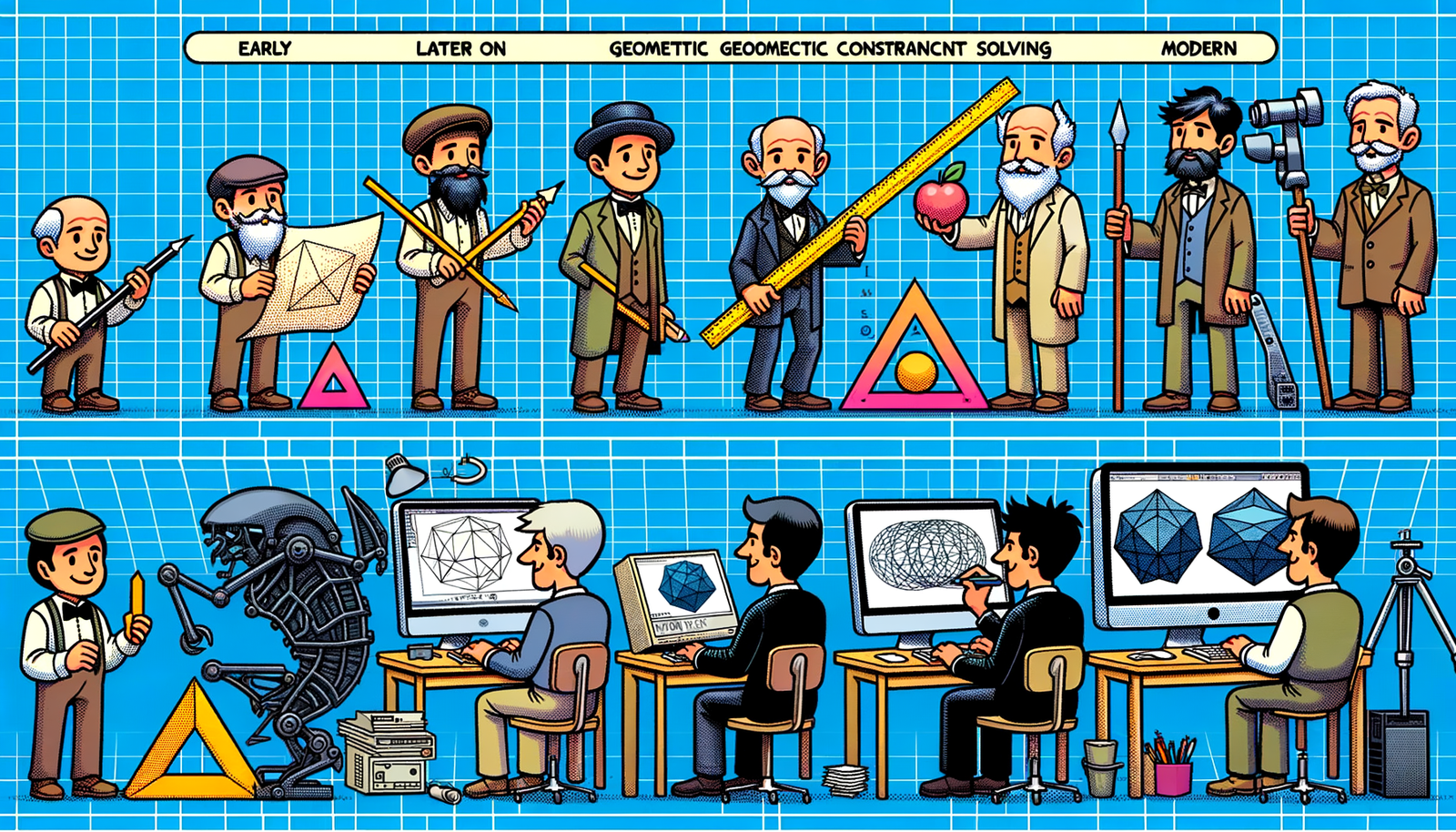Your Cart is Empty
Customer Testimonials
-
"Great customer service. The folks at Novedge were super helpful in navigating a somewhat complicated order including software upgrades and serial numbers in various stages of inactivity. They were friendly and helpful throughout the process.."
Ruben Ruckmark
"Quick & very helpful. We have been using Novedge for years and are very happy with their quick service when we need to make a purchase and excellent support resolving any issues."
Will Woodson
"Scott is the best. He reminds me about subscriptions dates, guides me in the correct direction for updates. He always responds promptly to me. He is literally the reason I continue to work with Novedge and will do so in the future."
Edward Mchugh
"Calvin Lok is “the man”. After my purchase of Sketchup 2021, he called me and provided step-by-step instructions to ease me through difficulties I was having with the setup of my new software."
Mike Borzage
Revolutionizing Design Collaboration: Embracing Cloud-Based Tools for Enhanced Creativity and Productivity
June 22, 2024 2 min read


Introduction to Collaborative Design Tools
In the realm of digital design, traditional software and workflows have long been the standard. These methods, while effective for their time, often limited collaboration and hindered the seamless integration of ideas. However, the shift towards cloud computing has dramatically altered the landscape of the design industry. This evolution has paved the way for collaborative design tools, which have their roots in the early experiments of online collaboration. The advent of these tools marks a significant pivot from isolated efforts to a more unified, collaborative approach in designing and creating.
The Impact of Cloud Computing on Collaboration
The integration of cloud computing into design tools has brought about a transformative change in how collaboration occurs within the industry. The advantages of using cloud-based design tools are manifold, including:
- Real-time collaboration across global teams, breaking down geographical barriers and fostering a more inclusive work environment.
- Unprecedented accessibility and flexibility in accessing projects from anywhere, at any time, enhancing productivity and work-life balance.
- Enhanced security and automatic updates, ensuring that projects are always protected and teams are using the latest software versions without needing manual installations.
Despite the omission of specific case studies, the successful implementation of collaborative tools in design projects worldwide is a testament to their efficacy and the positive impact they have on streamlining workflows and enhancing creativity.
Advanced Features and Capabilities
The market is teeming with collaborative design tools, each offering a suite of features designed to enhance the collaborative process. Among the most popular tools, key features stand out, including:
- Version control and history tracking, allowing for easy reverting to previous designs and understanding the evolution of a project.
- Integrated communication tools such as chat and video calls, facilitating clearer, more immediate discussions without the need for third-party software.
- Simultaneous multi-user editing, enabling team members to work on the same document at the same time without overwriting each other’s contributions.
- Cloud storage and backup solutions, providing peace of mind that work is safe and can be accessed from any device.
Looking towards the future, collaborative design tools are expected to increasingly incorporate AI and machine learning to further streamline the design process, enhance creativity, and predict design trends.
Overcoming Challenges and Best Practices for Implementation
While the shift towards collaborative design tools presents many opportunities, it is not without its challenges. Common obstacles include resistance to change within teams, a steep learning curve for new software, and concerns over data security and compliance. To overcome these challenges, best practices for successful implementation include:
- Creating a culture of collaboration and continuous learning within organizations.
- Establishing clear guidelines and workflows for tool usage to ensure everyone is on the same page.
- Regularly reviewing tool effectiveness and making adjustments as needed, ensuring that the tools continue to meet the evolving needs of the team and projects.
In conclusion, the landscape of collaborative design tools is continually evolving, revolutionizing the way designers collaborate and create. As we move forward in this cloud-first world, these tools stand at the forefront of a significant shift in design culture, promising a future where collaboration is not just encouraged but seamlessly integrated into every aspect of the design process.
Also in Design News

Bluebeam Tip: Maximize PDF Security and Efficiency with Bluebeam Revu's Flatten Tool
December 02, 2024 1 min read
Read More
Design Software History: Evolution and Impact of Geometric Constraint Solving in CAD History
December 02, 2024 2 min read
Read More
Rhino 3D Tip: Enhancing Scale Modeling Accuracy in Rhino 3D: Essential Tips for Designers and Engineers
December 02, 2024 2 min read
Read MoreSubscribe
Sign up to get the latest on sales, new releases and more …


